The more I practice forgiveness the more my healing expands. I have witnessed growth in the midst of darkness, healing where I was unaware of need and change in places that I believed had reached their ceiling. Through these and other practices, I’ve seen things healed that I never expected to get better. I have seen improvement in relationships with others, within myself and even my environment as a result of my work with forgiveness.
As we continue to explore the concept of forgiveness, adding on to the initial technique H’opono’pono, we look at two techniques that have had proven effectiveness in my life: The Stage and The Forgiveness and Acceptance List. Both have for me been priceless.
1. THE STAGE (Adapted from Emmet Fox’s Dissolving Resentment Exercise as found in Louise Hay’s book: You Can Heal Your Life)
While the Stage exercise is touted as an exercise to “dissolve resentment”, I use it as an exercise to nurture forgiveness, which naturally goes hand in hand with releasing resentment. The basic premise lies in wanting for others that which we want for ourselves and accepting that all are worthy of abundance. In this exercise, while breathing gently, with eyes closed, you focus on the person that you want to forgive being on a stage. As you relax, you imagine them doing, being and having all that they desire and good things happening to and for them. You hold this image for as long as you desire and when you are ready you imagine them leaving the stage better than they came to it. As they leave the stage, imagine yourself on the stage doing, being and having all that you desire and good things happening to and for you. Hold this image for as long as you desire and when you are ready imagine yourself leaving the stage better than when you came.
The Stage, through the process of seeing ourselves and others, aids in forgiveness by highlighting the similarities in each of us on a core basic level. It subtly challenges the belief that we are intentionally hurting others and encourages us to consider that instead at any given time through our actions we are trying to get our needs met. In my personal practice I have seen the stage work miracles and heal resentment and allow for forgiveness that I didn’t believe was possible.
(Disclaimer-Though knowing the specific wants and needs of the person you want to forgive may not be possible, my belief is that we all have some basic desires that include, love, connection, trust, safety and security. In the absence of knowledge about specifics, a focus on these principles and values is more than adequate).
2. FORGIVENESS & ACCEPTANCE LIST
One of the most powerful tools we can use in accomplishing our goals are lists and when working to forgive the same applies. From my perspective acceptance is the companion to forgiveness and when thinking about forgiveness, it’s important that we ask ourselves what we must first accept. While forgiveness is possible, many times it’s the things we don’t accept that we struggle to forgive. Determining what we need to accept and listing it out allows the forgiveness process to happen with more ease.
Making lists of things I have needed to accept and forgive has been extremely beneficial for me. What has also helped me is being as specific as possible as I have found that at times we can hold on to the smallest details when we are not. So rather than saying I forgive Bob for hurting me, instead be specific by saying I forgive Bob for hurting me when he didn’t show up for my awards ceremony. Being specific in the list can often shine light on other things we didn’t realize we were holding on to.
Perhaps the most important thing to remember is that the forgiveness (and acceptance) list is a living document meaning we don’t write it once and then let it be. As more comes up we add to the list of things that need to be forgiven and accepted.
It is strongly encouraged that any and all forgiveness work begin with a focus on self. Until we can forgive ourselves the ability to forgive ourselves will be elusive.
The bottom line is that doing forgiveness work is necessary. While the specific method used to aid in forgiveness may vary from person to person and be negotiable, including it in a healing practice is not. The practice of forgiveness has the power to transform, align and heal even the hardest to reach people and places. Though not always the easiest, forgiveness can essentially provide the balm that helps us to continue to walk and make it through to the next leg of our healing journey.
So the question remains…what do you need to heal?


